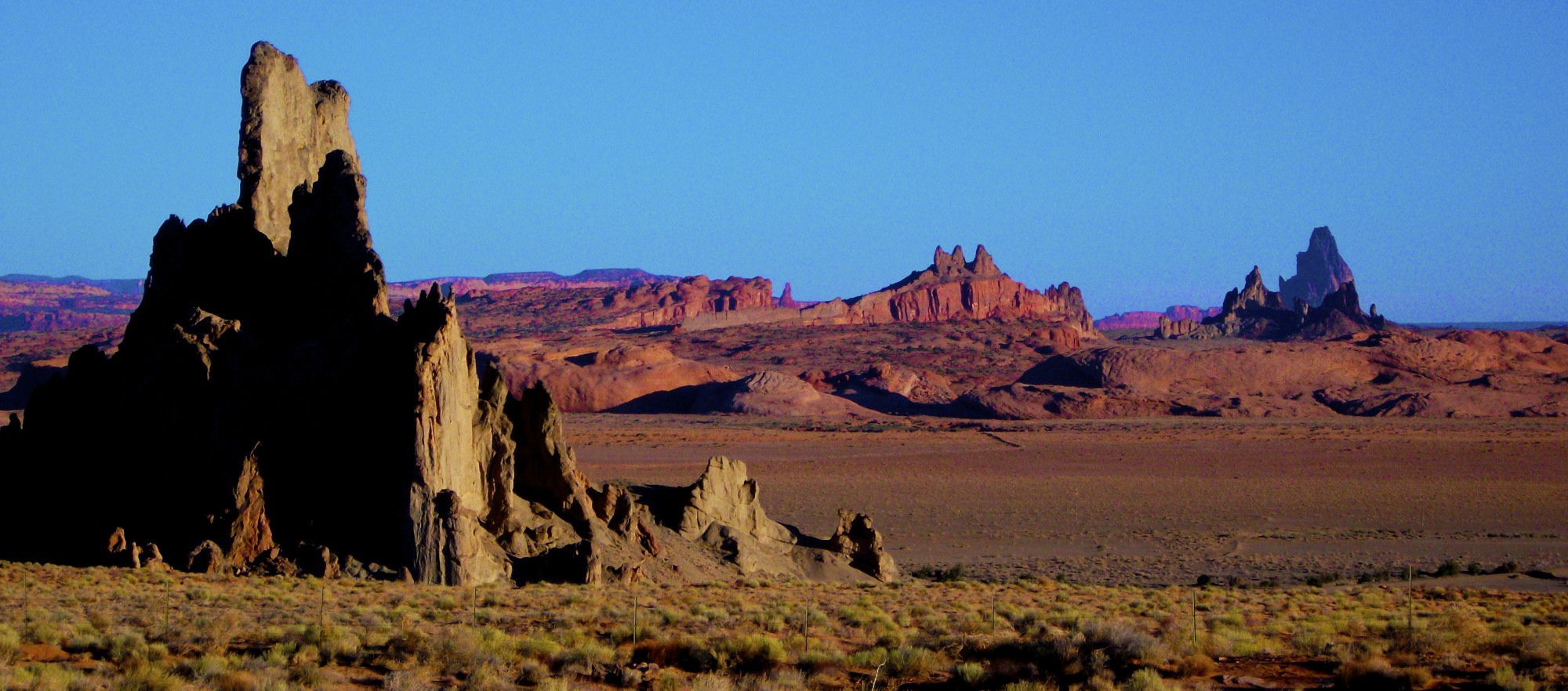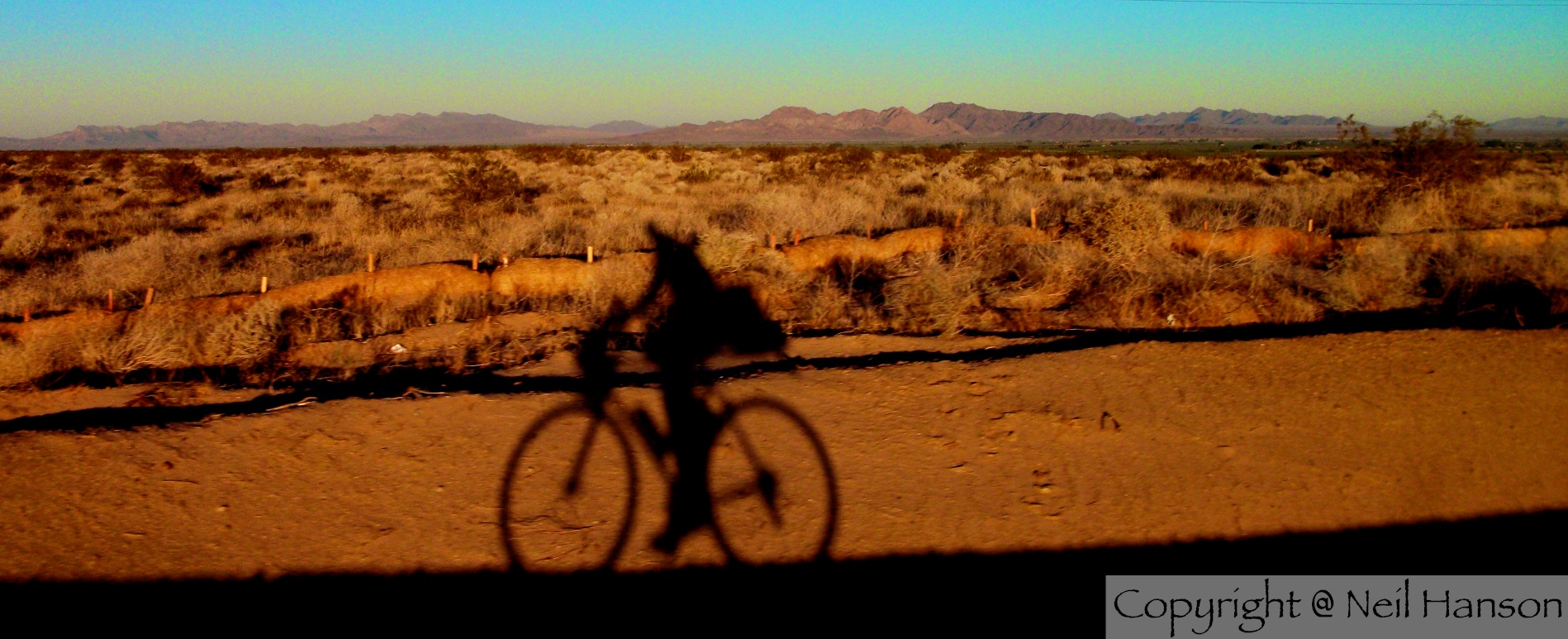“Perfection is achieved, not when there is nothing more to add, but when there is nothing left to take away.”
~Â Antoine de Saint-Exupe
Paso Robles is smaller than I expected. It’s probably not much more than a mile from the north end of town to the south. It’s a quaint little town, and very bicycle friendly. I get a cozy homecoming sensation when I see my hotel, anticipating a warm shower and soft bed.
The young fellow behind the desk checking me in has a name tag that says “James,†and it turns he’s a cyclist. “Where’d ya ride from?†James asks.
I tell him my route from today, and he smiles and nods. “I’ve done that ride several times, over and back in a day. It’s a great ride, isn’t it?â€
Over and back in a day? That’s 150 miles, with steep climbing. This guy’s an animal. I’m tuckered out after doing just half the ride. I try to keep the wimp factor as low as possible when I reply. “Absolutely, a beautiful ride. I’ll bet it’s a sweet day going over and back in a day.â€
“Yeah, we usually ride over in the morning, have lunch at Lucia, then ride back after lunch. Steep coming up the Nacimiento Road, eh?â€
My eyebrows climb my forehead. “Steep doesn’t start to describe it! I thought I was gonna fall over a couple times.â€
His laugh is full of enjoyable nostalgia, his eyes looking off into the distance, as memories of what were probably wonderful rides wash over his face. Looking back at me, he asks, “So, where ya riding tomorrow?â€
“Tomorrow’s a really big day for me — I need to end up in Frazier Park.â€
I watch the joy of pleasant memories drain from his face, replaced by the agony of remembered pain. “I did that ride once. Hardest day I ever spent on a bicycle. Hell spread out over 150 miles. The winds across the valley spend the day sucking the soul out of you. Then the climb at the end of the day drops the hammer of ultimate despair on any joy left in whatever shell remains.â€
Uh, oh. I might have bitten off just a bit more than I can chew. James must have seen the look on my face, and tries to give me some encouragement. “But hey, maybe the winds won’t be bad for you, ya know? But either way, be sure and carry lots of water, because it’s a long way across that valley from here until you can fill your water bottles – something like 75 miles, right?â€
I’m not really feeling any better. “Right. Thanks. Yeah, 75 miles.â€
Falling back into his front desk persona, he continues, “You’re in room 327, Mr. Hanson. Be sure and let us know if we can get anything for you, and I hope you enjoy your stay with us. Oh, and good luck on your ride tomorrow!â€
“Thanks, I appreciate that. Oh, one other thing. James, is there a way I can package up a few things and have you ship them for me?â€
After a hot shower, I spread my stuff out on the bed. Sorting through it with more ruthlessness than I had back at home before I started the ride, I build a pile of “nice to have†items, ready to package up and ship back to Colorado. In the pile is my iPad, iPod, tiny speaker, Kindle, 700-lumen headlight, all the chargers associated with this electronic stuff, 4 of my tire tubes (leaving me still with 4), and a few other items. While I don’t put stuff on the scale, it seems to me that I’ve cut my weight in half.
When I packed for the trip, I wanted to stay under 20 pounds. I was able to do this while still including quite a few items that I might find handy. The iPad is only a couple pounds, the Kindle maybe a pound, the light a couple pounds. It all fit inside my 20 pound goal – why not take it?
My culture teaches that it’s good to have everything you might need. Having something is good, being without something is bad. When I was packing, my perspective was, “how much can I take, within my constraints?†Tonight, looking down at the gear spread out on the bed, I was asking myself, “how little do I need to survive?â€
Minimalism. Simplicity.
Stuff adds up if you’re not careful. It builds up around you. Getting rid of stuff brings a cleansing sensation. Almost like “stuff†weighs down the soul. It happens to me when I clean stuff out of my house too: a liberating sense, a lightness, after I go through and give away or toss large swaths of stuff.
When I was younger, I was more focused on accumulating than on distributing and cleansing. Now, I find myself constantly reevaluating just how much stuff I want around me. How much clutter can I tolerate before it weighs on my soul? How much flotsam am I willing to wade through to see the world around me clearly? It keeps me from moving along the path. Each “thing†I accumulate attaches a string deep into my heart and soul, connecting me to the thing itself, making continued movement down the path difficult. An addiction to accumulation maybe? A cultural epidemic?
My extra flotsam on this bike ride is one tiny symptom, but it’s all around us. Look at how much of our life’s energy we put into “accumulating wealth.†We advertise how much wealth we’ve accumulated with the homes we live in, the cars we drive, and our pride in our continued pursuit of greater wealth.
But all our wealth weighs us down. It’s too much to try and haul up the steep hills of the back roads of life. Instead, we stay on the flat and busy expanse of the masses, where we don’t need to confront the tough climbs that might be encountered in the wilderness of discovering ourselves.
The sweetest moments in life lay waiting along the steep and winding backroads, hidden among difficult questions and tough issues. Finding them sometimes requires sorting through deep and honest introspection. But these steep and meandering backroads might be one of the best places in life to find glimpses of heaven, and to discover what that means to each of us.

Learning minimalism. Wasn’t this a common message among the great sages of the last few thousand years? Who was it that so wisely said it was easier for a camel to pass through the eye of a needle than for a wealthy man to find heaven?
🙂
That’s on my mind this evening, as I look with satisfaction at the pile of “stuff†I’m sending back home. The last thing I want is seven or eight extra pounds in my bag that might slow me down if I catch a little glimpse of heaven somewhere along the road.
Pilgrim Wheels Excerpts This post is part of a series of posts, representing excerpts from Pilgrim Wheels, a story of a cycling journey across America. Pilgrim Wheels will be released in early March, let me know if you’re interested in doing an advance review.
 [/imageframe][fusion_text]
[/imageframe][fusion_text]









